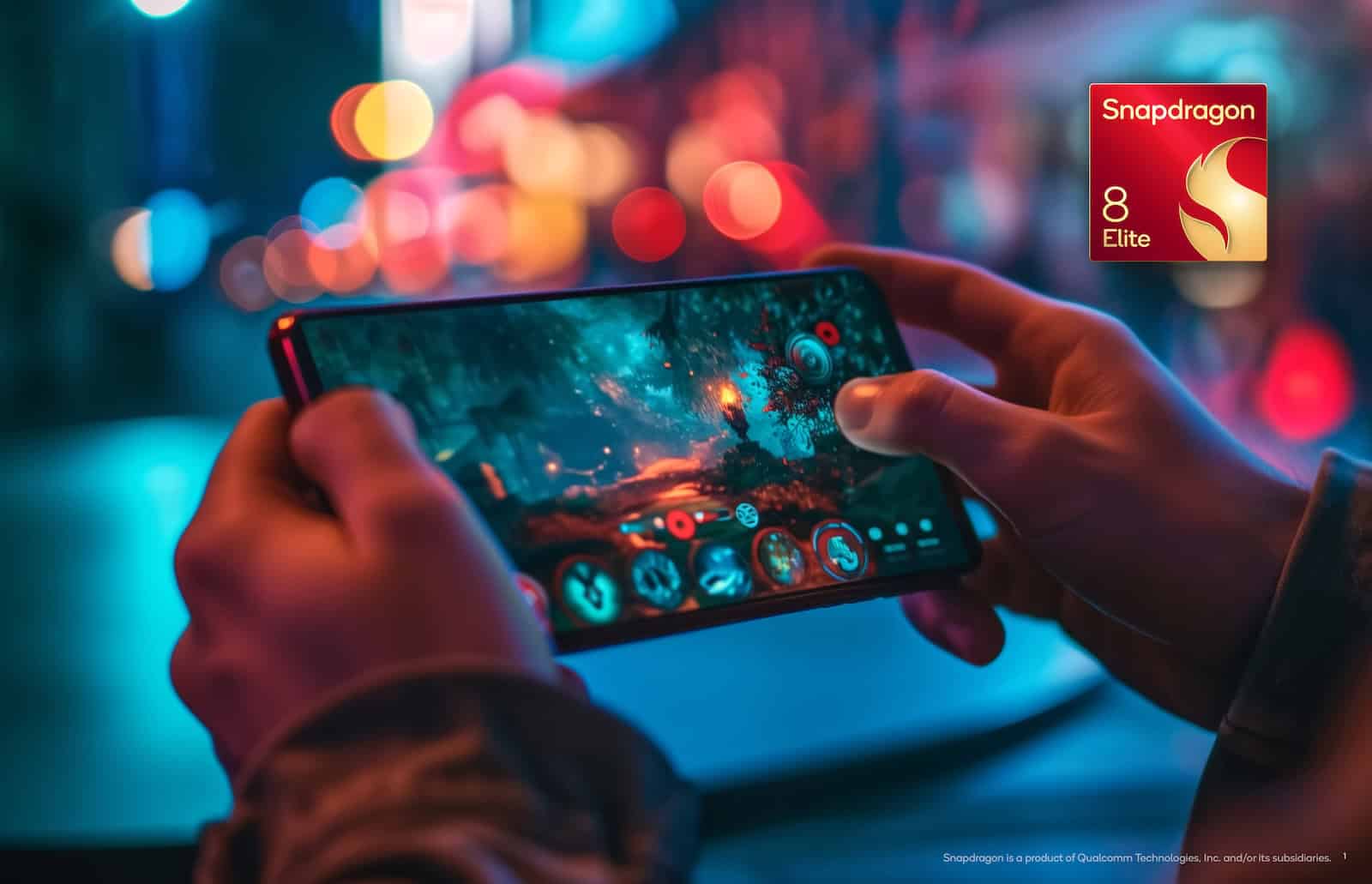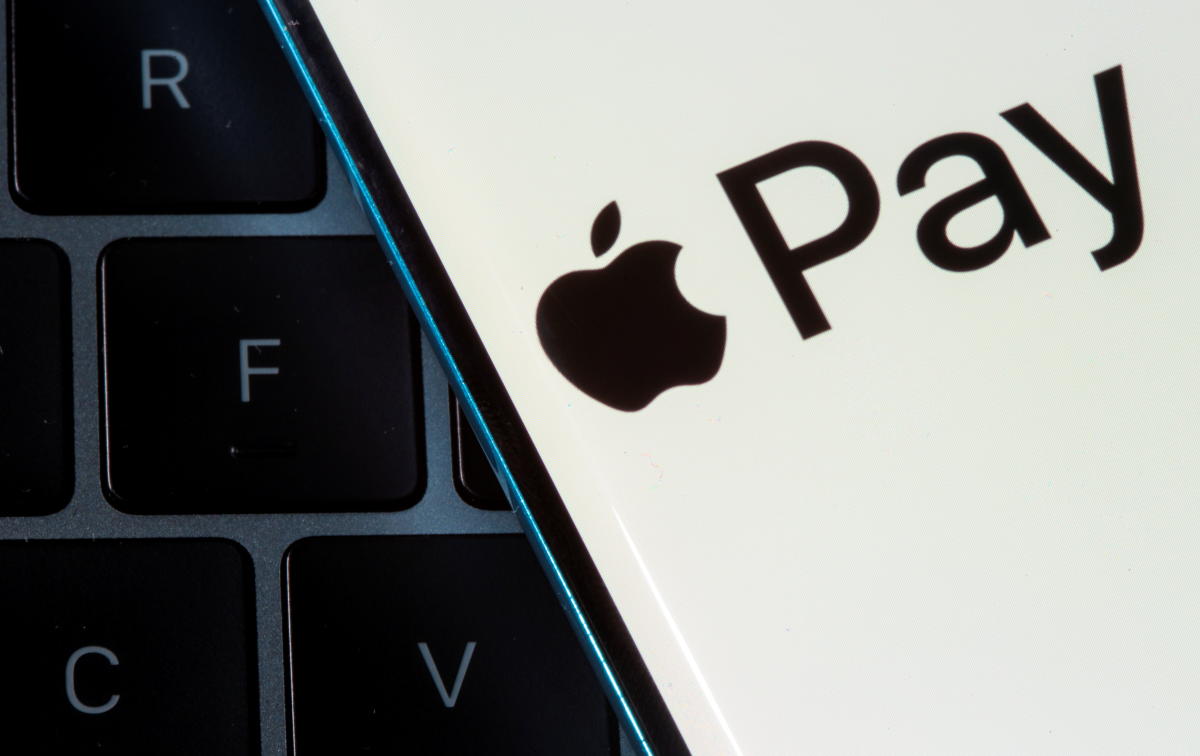Sony‘s camera department has had an unusually quiet year. For the entirety of 2024, we’ve seen just one new Sony mirrorless camera. And, as impressive as the Sony ZV-E10 II is with its 26MP APS-C sensor and 4K video features, the sub $1,000 beginner video camera – that’s an iterative update – isn’t much for Sony fans to get excited about.
As TechRadar’s Cameras Editor, I can’t remember Sony ever being so quiet, In fact, I had started to pen a piece about Sony’s inactivity – surely it couldn’t just be related to reported global supply chain issues, could it? Turns out, I may have to stand down, at least if the latest rumors are true.
According to Sony Alpha Rumors, Sony will announce its first full-frame camera of the year, as soon as the end of November. That wouldn’t be long to wait, but which camera could it be and how plausible is this rumor?
Sony’s likely candidates
Sony Alpha Rumors listed the most likely candidates for what it says will be a November launch, speculating that there could be two new cameras and an exciting new lens in the next six months or so. It has also poured cold water over other potential camera updates from Sony’s existing line up.
I should make it clear that rumors from this source have been circulating for a little while and potential launch dates for certain would-be cameras have come and passed. This time the focus is on two cameras and a lens, all of which would be super exciting for Sony fans if they come to pass.
The first and most likely camera is a successor to the Sony Alpha A1 (pictured above), Sony’s flagship mirrorless camera, which would like be called the Sony A1 II. Another potential is the so-called Sony A7 V, which would upgrade the Sony A7 IV, which topped our list of best mirrorless cameras for quite some time, but recently lost its spot to the new Nikon Z6 III.
The A1 was launched in March 2021 and the A7 IV in December 2021, and so both of those cameras are due an update. However, Sony is more innovative than most, and it’s not unknown to quietly discontinue a series of cameras to explore new avenues. Neither successor is guaranteed.

For example, Sony’s last full-frame camera was the Sony A9 III (above), a bold and truly innovative camera that surpassed the A1 as Sony’s fastest camera for pro photographers working in sports and wildlife. I’m struggling to see how an A1 II, if it was to materialize, could improve on the A1 and be distinguished from the A9 III, without exceeding the A9 III in every way and rendering it surplus. Can Sony realistically keep the A1 and A9 series going?
On the other hand, a potential A7V would be a win. It would continue Sony’s original and popular all-rounder series of full-frame mirrorless cameras. Its A7 IV was the best all-rounder for a couple of years, but now the Nikon Z6 III and Canon EOS R6 Mark II have bettered it in most regards. Sony needs to strike back, and I’d expect great things from a A7V because Sony is a true innovator. That’s the model that I think most Sony fans are hoping for.
There’s also word of Sony FE 24-70mm F2 GM pro lens. That would be some serious glass, a world-first 24-70mm lens with constant F2 aperture. Canon has the beastly RF 28-70mm F2L USM lens, but Sony would be going one better than Canon with that wider perspective.
There’s a chance that both cameras and the lens will materialize. But which of the two cameras could come in November? Sony Alpha Rumors thinks the A1 II. If that’s true, I’m eager to see what upgrades there are, and how it fits alongside the A9 III.




































































































































































You must be logged in to post a comment Login